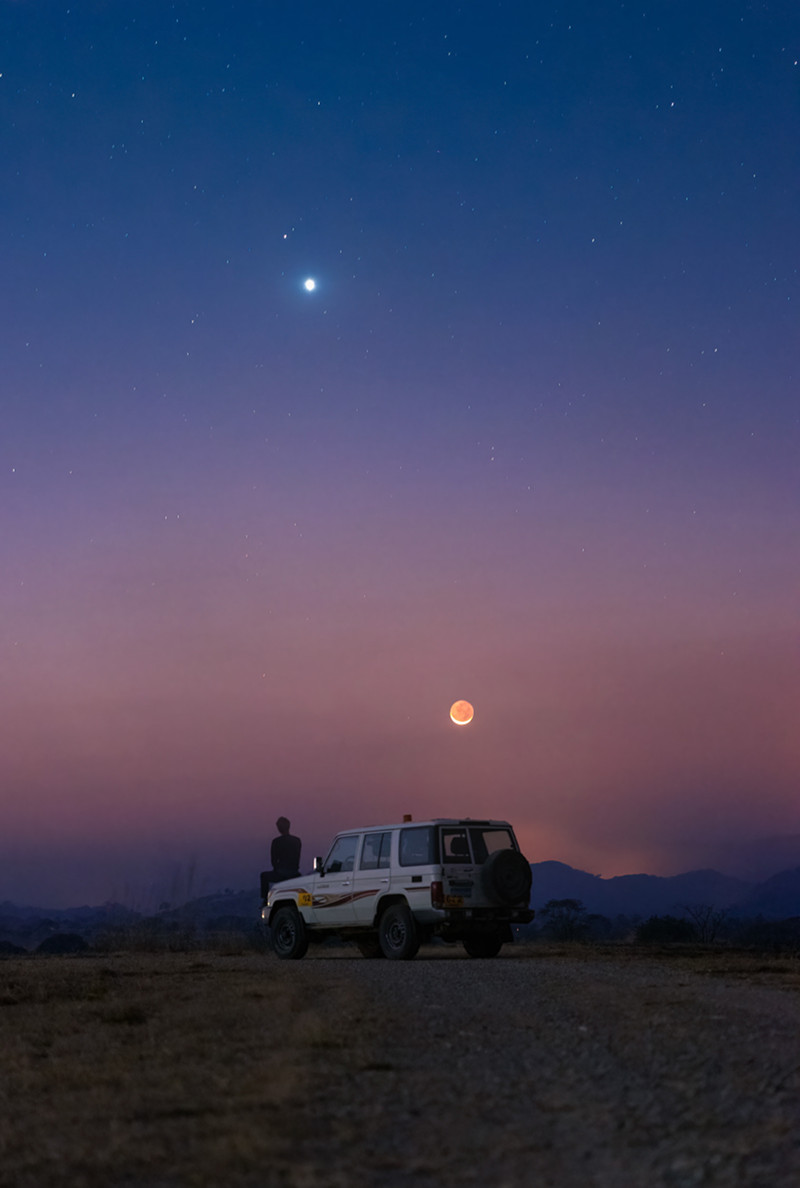
Alphonsus and Arzachel


NASA will provide coverage of the upcoming prelaunch, launch, and docking activities for the agency’s Boeing Orbital Flight Test-2 (OFT-2) mission to the International Space Station.
from NASA https://ift.tt/3wKpeWG
via IFTTT![]()
NASA will hold a virtual media briefing at 1 p.m. EDT Wednesday, July 21, to discuss early science results from the agency’s Perseverance Mars rover and its preparations to collect the first-ever Martian samples for planned return to Earth.
from NASA https://ift.tt/3xMXVMr
via IFTTT![]()
NASA astronaut and former U.S. Marine Col. Doug Hurley is retiring from NASA after 21 years of service. His last day with the agency is July 16.
from NASA https://ift.tt/2TdTnzI
via IFTTT![]()

NASA’s SpaceX Crew-2 astronauts on the International Space Station will relocate their Crew Dragon Endeavour spacecraft Wednesday, July 21, setting the stage for a historic first when two different U.S. commercial spacecraft built for crew will be docked to the microgravity laboratory at the same time.
from NASA https://ift.tt/2UNh6HF
via IFTTT![]()

